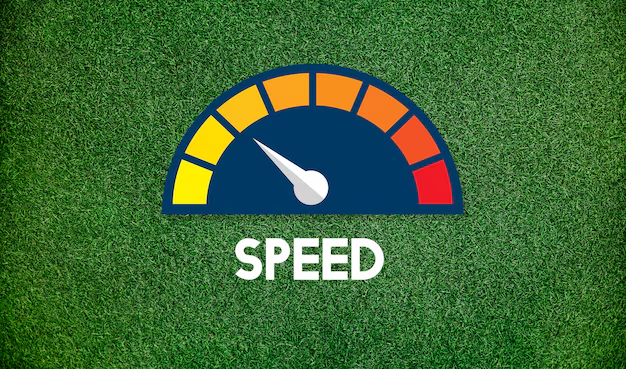Website Speed Optimization
Why Website Speed Optimization Matters ?
Website speed optimization is the process of improving a website’s load time to enhance user experience, improve search engine rankings, and increase conversions. A slow-loading website can frustrate visitors, causing them to leave before engaging with the content. Google considers page speed a crucial ranking factor, making it essential for SEO. Studies show that even a one-second delay in load time can significantly decrease user satisfaction and conversion rates. Fast-loading websites lead to better engagement, lower bounce rates, and higher sales or leads.


Factors Affecting Website Speed
- Hosting Server – A slow or overloaded server results in high response times. Choosing a reliable hosting provider is crucial.
- Large Media Files – Oversized images and videos consume bandwidth and slow down page loading.
- Unoptimized Code – Excessive JavaScript, CSS, and poorly written HTML increase load times.
- Multiple HTTP Requests – Each element on a webpage requires a request to the server, increasing load time.
- No Caching Mechanism – Lack of browser caching results in repeated data loading.
- Uncompressed Files – Large, uncompressed files lead to increased page size and download times.
Best Practices for Website Speed Optimization
Optimize Images and Media
- Compress images using tools like TinyPNG, ImageOptim, or WebP format.
- Use responsive images that adjust based on screen size.
Minimize HTTP Requests
- Reduce the number of elements on a page.
- Use CSS sprites to combine multiple images into one.
- Merge and minify CSS and JavaScript files to reduce requests.
Enable Browser Caching
Store static resources like images, stylesheets, and scripts in a user’s browser for future visits.
Set appropriate expiration times to define how long files should be cached.
Use a Content Delivery Network (CDN)
Distribute website content across multiple global servers.
Serve data from the nearest server to reduce latency and improve speed.
Minify and Compress Code
Remove unnecessary spaces, comments, and characters from CSS, JavaScript, and HTML files.
Use tools like UglifyJS, CSSNano, and HTMLMinifier to minify code.
Optimize Server Performance
- Upgrade to a better hosting plan or use dedicated/VPS hosting.
- Implement server-side caching solutions like Redis or Memcached.
- Reduce database queries and optimize indexing for better performance.
Load JavaScript Asynchronously
- Use asynchronous loading for JavaScript files to prevent render-blocking.
- Defer non-essential scripts so they load after the page content.
Monitor and Improve Regularly
- Use performance testing tools like Google PageSpeed Insights, GTmetrix, and Pingdom to analyze speed.
- Regularly audit the website to find and fix bottlenecks affecting speed.
